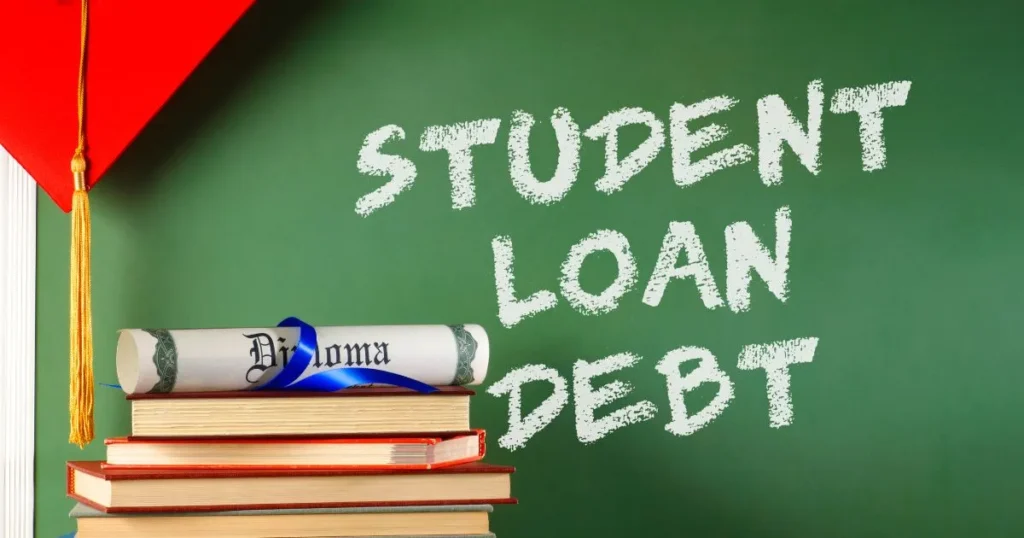In 1972, what association made borrowing money to attend college much easier than it had been?
In 1972, Student Loan Marketing Association (SLMA) was established by the United States Congress with the goal of making it easier for students to borrow money to attend college.

SLMA is also known as Sallie Mae, and its purpose was to provide financial aid services to students in order to reduce the cost of education and increase access to higher education. This article will explore the history of SLMA and how it has impacted the landscape of higher education in the United States.
Related blog post: Earning a degree can be expensive but which example shows why it might be worth it?
Background of Student Loan Marketing Association
Before discussing the impact of SLMA, it is important to understand its origins and purpose. In 1965, President Lyndon B. Johnson signed the Higher Education Act into law with the intention of expanding access to higher education for all Americans. This legislation included the creation of a federal loan program known as the Federal Family Education Loan Program (FFELP).
The FFELP was designed to provide low-interest loans to students and their families through private lenders, with the government acting as a guarantor for these loans. However, by the early 1970s, it became clear that the program was not meeting its intended goal of increasing access to higher education. Many students were still struggling to secure loans or were paying high interest rates, making it difficult for them to afford college.
This is where SLMA comes into play. In 1972, Congress passed the Student Loan Marketing Association Act, creating SLMA as a government-sponsored enterprise (GSE) with the purpose of providing a secondary market for student loans. This meant that SLMA would purchase loans from lenders, freeing up their capital to lend to more students.
SLMA was initially funded with $1 billion in government funds and was set up as a private corporation. However, unlike other GSEs such as Fannie Mae and Freddie Mac, SLMA was not subject to any regulatory oversight. This allowed it to operate more efficiently and make decisions based on market conditions rather than political considerations.
Related article: What option will not be available if you are behind on loan payments?
How SLMA Revolutionized Student Loans?
SLMA’s establishment was a game-changer for student loans, as it significantly eased the burden of borrowing for students. Here are some ways in which SLMA revolutionized the landscape of student loans in the United States:
- Lower interest rates: With a steady supply of funds from SLMA, lenders were able to offer lower interest rates to students. This made it more affordable for them to borrow money and repay their loans.
- Wider availability: As SLMA purchased loans from lenders, it encouraged them to lend more money to students. This expanded the reach of student loans, making them accessible to a broader range of students.
- Standardized loan terms: Before SLMA, each lender had its own terms and conditions for student loans, leading to confusion and inconsistency. However, with SLMA’s involvement, standardization of loan terms took place, making it easier for students to understand their borrowing obligations.
- Guaranteed repayment: SLMA’s role as a guarantor for student loans gave lenders confidence to provide loans to students who may not have had a good credit history or collateral. This increased the likelihood of repayment, making it less risky for lenders.
- Private loan options: SLMA not only purchased federal student loans but also encouraged private lending by providing guarantees and insurance on these loans. This opened up options for students who did not qualify for federal loans or needed additional funds to cover the cost of education.
- Flexibility in repayment: SLMA introduced various repayment plans, such as income-driven repayment and deferment options, making it easier for students to manage their loan payments after graduation.
Impact of SLMA on Higher Education
The establishment of SLMA had a significant impact on higher education in the United States. Here are some ways in which SLMA has shaped the landscape of higher education over the decades:
- Increased college enrollment: With easier access to student loans through SLMA, more students were able to afford a college education. This led to an increase in college enrollment rates, especially among low-income and minority students.
- Growth of for-profit colleges: SLMA’s involvement in private lending also led to the growth of for-profit colleges, which heavily relied on student loans as a source of revenue.
- Rise in college tuition: One unintended consequence of SLMA was that it contributed to rising college tuition costs. As more students could afford college through student loans, colleges and universities increased their tuition rates, leading to the current student debt crisis.
- Expansion of graduate programs: SLMA played a significant role in expanding graduate programs by providing loans for students pursuing advanced degrees. This has led to an increase in highly skilled professionals and contributed to the growth of various industries and sectors.
Recent Developments with SLMA
In 2004, SLMA became a private company and was rebranded as Sallie Mae. However, it continued to play a significant role in the student loan market until 2010 when the federal government passed the Health Care and Education Reconciliation Act. This legislation eliminated SLMA’s ability to originate federal loans, and the Direct Loan program became the sole provider of federal student loans.
While SLMA is no longer a major player in the student loan market, it has continued to evolve and adapt. In 2014, Sallie Mae split into two companies – Navient Corporation and a new Sallie Mae Bank that focuses on private loans.
As of 2021, Navient remains one of the largest student loan servicers in the United States, overseeing over $300 billion in loans for over 12 million borrowers. It also offers other financial services such as banking and asset management.
The Future of SLMA
SLMA’s legacy continues to impact the student loan market, but its future remains uncertain. With ongoing debates about the high cost of higher education and mounting student debt, there have been calls for reform or even abolishment of SLMA and the student loan system as a whole.
Some argue for a more government-led approach to student loans, while others believe in implementing private sector solutions such as income share agreements. Whatever the future may hold for SLMA, it has undoubtedly played a crucial role in shaping higher education in the United States and will continue to do so for years to come.
So, understanding its history and impact is essential for anyone involved in the world of student loans. So, let’s keep learning and stay informed about the ever-changing landscape of student loans!





